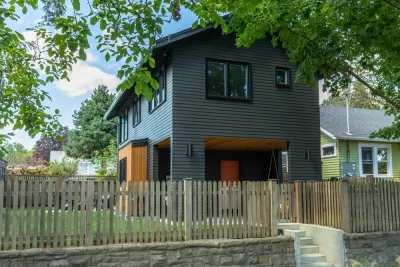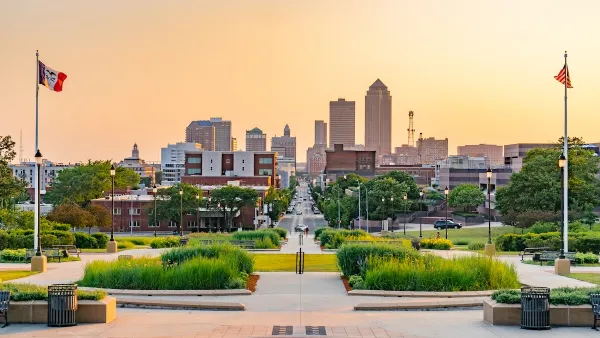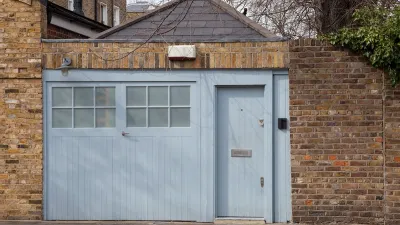With the right policies in place, basement apartments, converted garages, and backyard cottages can create a significant number of affordable housing units.

In an op-ed in Governing, Emily Hamilton outlines the results of her research into how accessory dwelling units (ADUs) can play a role in easing the housing crisis and the policies cities and states can leverage to encourage ADU construction.
“At one end of the spectrum, California policymakers have gone the farthest to protect homeowners’ right to build ADUs. On the other, New Hampshire policymakers legalized ADUs but left open the opportunity for local zoning ordinances to put many limits on them,” Hamilton explains. Even in California, owner occupancy requirements limited ADU construction until 2017, when a series of state laws limited the power of cities to regulate ADUs and led to an “impressive surge” in ADU permits.
Regulations and policies aren’t the only things that have an impact on ADU production, however. “Two other key determinants of ADU construction — and of its potential to lower prices in a given city or neighborhood — are how easy it is to adapt the existing housing stock to include them and the willingness of local homeowners to take the leap to build them.” Hamilton adds that in New Hampshire, where localities have a lot of leeway in restricting ADUs, some cities are seeing a high rate of permitting in part due to the state’s older population and the adaptability of existing housing stock.
Hamilton concludes that, with the right policies in place, ADUs “may be the least contentious way to create opportunities for more housing within existing residential neighborhoods.”
FULL STORY: The Role of ADUs in Easing America's Housing Crisis

Montreal Mall to Become 6,000 Housing Units
Place Versailles will be transformed into a mixed-use complex over the next 25 years.

Planetizen Federal Action Tracker
A weekly monitor of how Trump’s orders and actions are impacting planners and planning in America.

DARTSpace Platform Streamlines Dallas TOD Application Process
The Dallas transit agency hopes a shorter permitting timeline will boost transit-oriented development around rail stations.

Interactive Map Reveals America's “Shade Deserts”
Launched by UCLA and American Forests to combat heat-related deaths, the tool maps the shade infrastructure for over 360 U.S. cities.

Bicycles and Books — In Sacramento, Libraries Now Offer Both
Adult library card holders can check out e-bikes and e-trikes for up to one week.

Colorado Landfills Emit as Much Pollution as 1M Cars
Landfills are the third-largest source of methane pollution in Colorado, after agriculture and fossil fuel extraction.
Urban Design for Planners 1: Software Tools
This six-course series explores essential urban design concepts using open source software and equips planners with the tools they need to participate fully in the urban design process.
Planning for Universal Design
Learn the tools for implementing Universal Design in planning regulations.
City of Mt Shasta
City of Camden Redevelopment Agency
City of Astoria
Transportation Research & Education Center (TREC) at Portland State University
US High Speed Rail Association
City of Camden Redevelopment Agency
Municipality of Princeton (NJ)





























